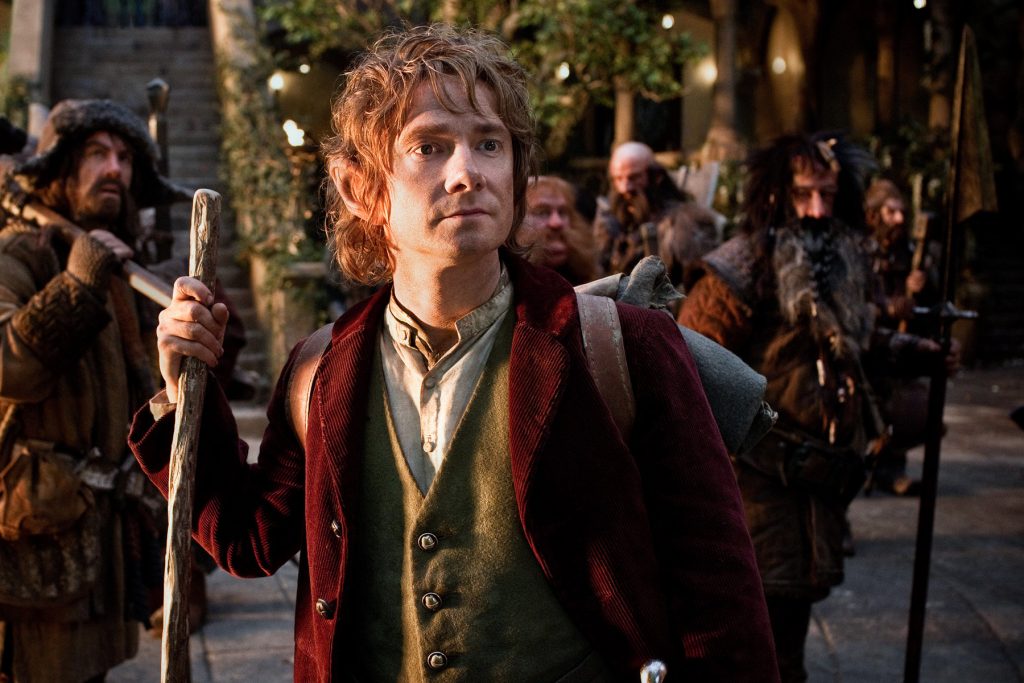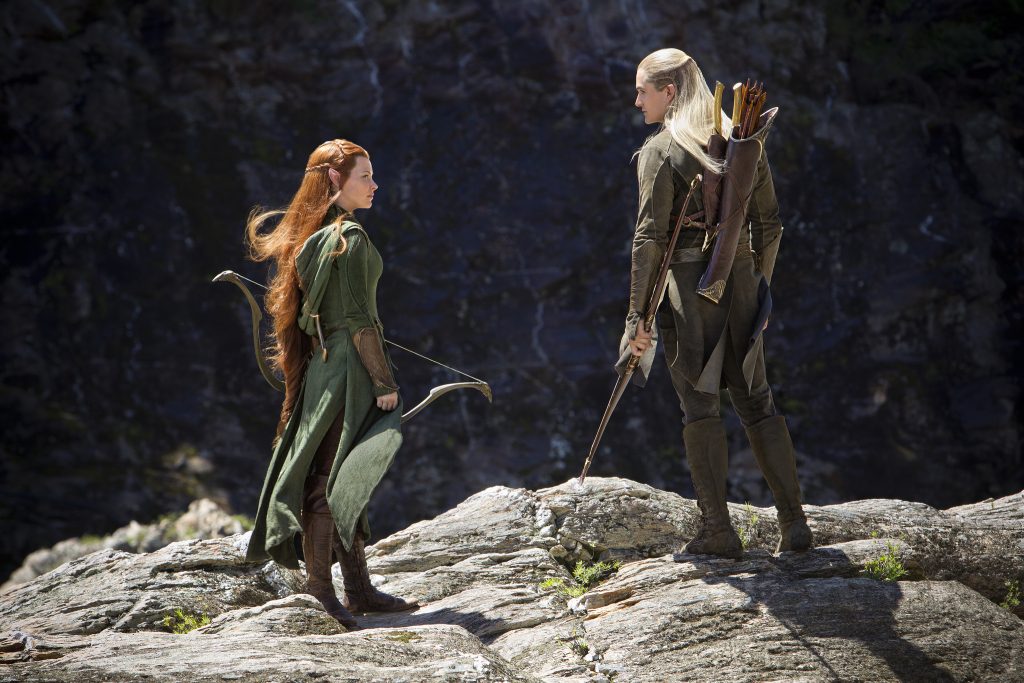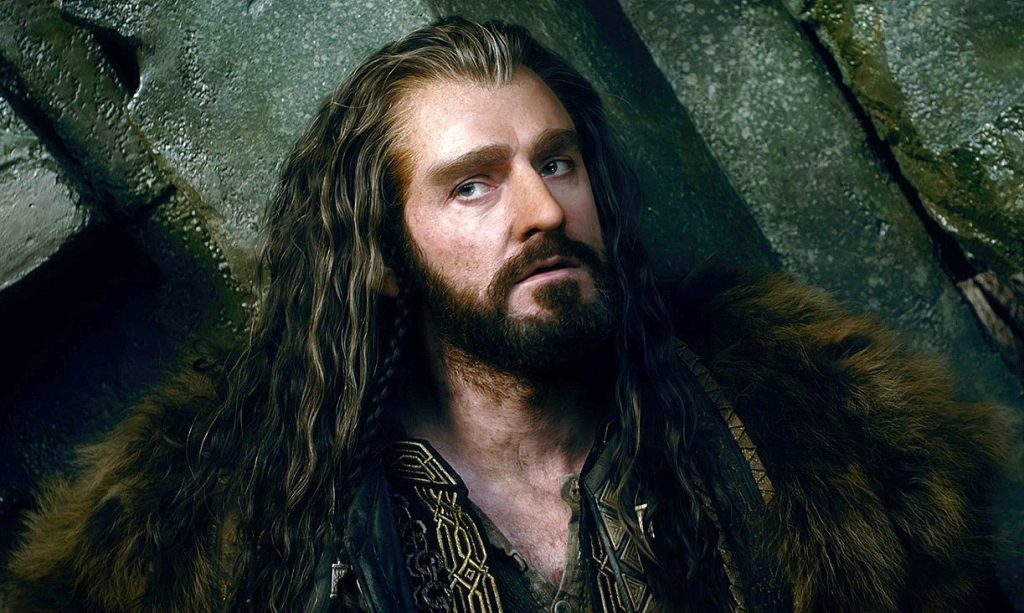10 years ago to this day, The Hobbit: An Unexpected Journey premiered in theatres to mixed reviews. Fans and critics alike have lambasted the film and its sequels for being too long, too violent, and over-relying on CGI, claiming that the trilogy abused the source material and Tolkien’s vision. Sure, The Hobbit trilogy did not live up to The Lord of the Rings’ legacy—what could?—but looking back, it does not deserve the hate it gets.

The Hobbit trilogy, which takes place 60 years before The Lord of the Rings, tells the story of a young Bilbo Baggins who is convinced by Gandalf to join thirteen dwarves on a quest to reclaim their homeland, which was stolen from them many years ago by the dragon Smaug. Or at least, that is what the story is supposed to be about. Perhaps due to a change in director, lack of preparation time, and studio interference, Peter Jackson and his team did not have as much creative freedom, and as a result, the films feel a little all over the place. Stretching the story into three movies allowed them to adapt material from the appendices and Tolkien’s unpublished works, but it also resulted in some major pacing issues and discordances in tone; at times, it’s a lighthearted adventure story, clearly based on a children’s book, while at other times, it’s saturated with darker moments and forced epic action.
The decision to turn a 300-page novel into a trilogy also meant that a lot of material had to be invented. New characters—some from the Rings trilogy and others created solely for the films—were added to the story, in addition to new locations and plot lines. Many of these additions, such as the unimaginative and soulless love triangle between Tauriel, Kili, and Legolas—what is Legolas even doing in these movies!?— and Azog’s misbegotten hunt for the dwarves, are not merely non-Tolkien, they are objectively bad. And they rightfully outraged fans. Most unfortunate is that all these additions lead us away from Bilbo and the Dwarves, who should be at the centre of the story and are the best part of the movie.

However, many of the additions in the movies (such as the White Council and the scenes delving into what Gandalf does when he leaves the Company) also link the two trilogies into one narratively seamless story. Tolkien may have written The Hobbit before Rings, but it is impossible to disentangle the two stories, and the films don’t want us to. Critics admonish the trilogy for going beyond the novel and treating it as a prequel, but this allowed The Hobbit trilogy to successfully set up events and relationships further explored in the Rings movies and better integrate The Hobbit with the rest of the canon.
An Unexpected Journey begins with a prologue that includes Frodo and Bilbo, directly tying the film back to the Rings trilogy. But Frodo is not the only character from Rings brought back for The Hobbit despite being absent from Tolkien’s novel; most notably, Galadriel, Saruman, and Legolas are also present. The trilogy is even bookended by scenes that call back to the opening scenes of Fellowship of the Ring. Of course, The Hobbit does not feel the same as The Lord of the Rings; the tone is different, and the story is less epic. Still, the connections to the Rings trilogy in The Hobbit imbue these movies with nostalgia. The return of familiar faces, along with Howard Shore’s epic score and New Zealand’s breathtaking scenery, immediately transport us back to the Middle-earth we know and love. In light of Amazon’s recent series, The Rings of Power—which fails to create any kind of familiarity for fans—we cannot overlook how significant that is. Though the Rings movies are far from perfect and many different interpretations of Tolkien’s world exist, Jackson’s vision of Middle-earth is one that has become almost universally accepted by fans.

But there is a lot more than nostalgia redeeming The Hobbit trilogy. For one thing, each actor’s performance is compelling and adds depth and complexity to the book. Most impressive is Richard Armitage’s portrayal of Thorin Oakenshield. In the book, the dwarf king is extremely haughty, and the little we learn about his past is shown through Bilbo’s eyes. The Hobbit trilogy offers a prologue in which a young Thorin defends his homeland against Smaug before leading his people in their exile. A great and respected leader, Armitage’s Thorin is more noble and sympathetic than the belligerent Thorin of the book, and by revealing the oft-brooding character’s softer side, Armitage endears the audience to the character from his first appearance. We also cannot forget about the riddle scene with Bilbo and Gollum, which showcases some of the best acting in all six movies, and Benedict Cumberbatch’s unforgettable portrayal of Smaug. These performances capture the spirit of Tolkien’s novel and make the movies far more captivating.
Overall, the trilogy may not be a good—that is, faithful—adaptation of Tolkien’s novel, but it still feels Tolkienesque. Sure, the overreliance on action and violence and the expansion of the Battle of Five Armies (which lasts around half a chapter in the book) is unnecessary and excessive. However, the films also highlight quieter moments, such as Thorin and Balin’s conversation in Bag End, Thorin’s apology to Bilbo at the Carrock, the acorn scene, and many more. All such scenes beautifully capture the emotional and philosophical essence of Tolkien’s writing and redeem the trilogy despite all its flaws.
